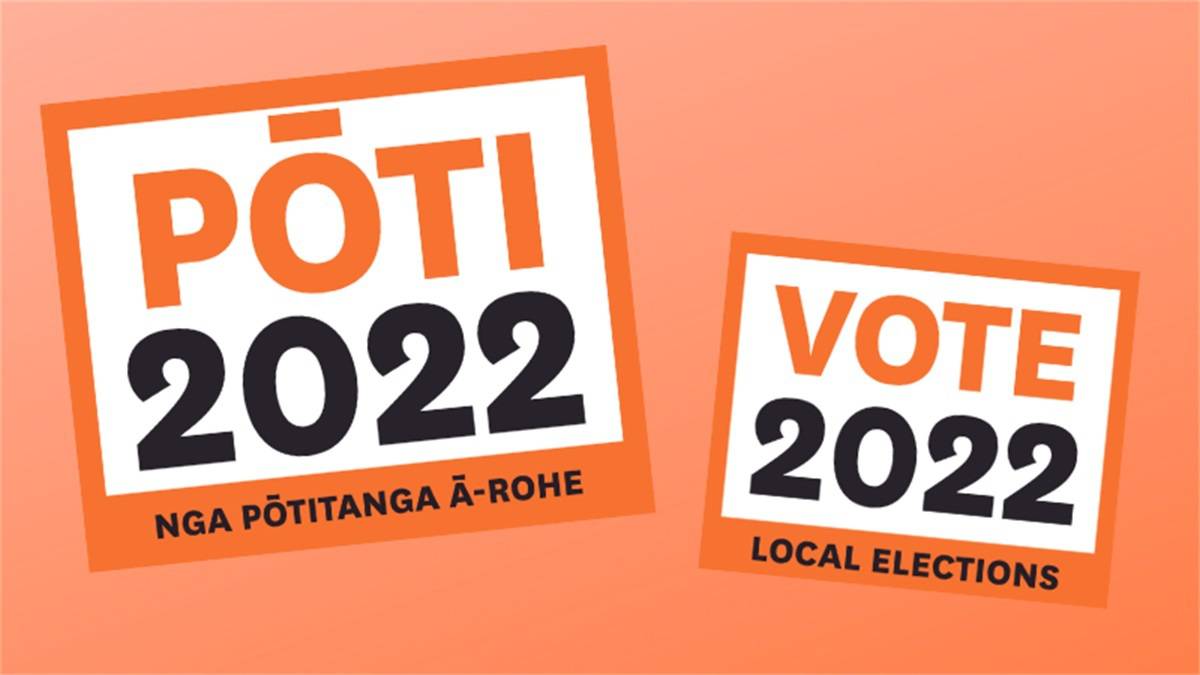Voting in the local body elections starts on September 16, when voting papers are sent out. Voting closes at noon on October 8.
Voting in the local body elections starts this week when voting papers are sent out to people across the country, including to around 150,000 Northlanders.
Unlike the general election for MPs, local body elections are a postal ballot – voting papers are posted back to the relevant returning officer – rather than people putting their voting papers into a voting booth at one of the various voting stations across the country.
Each local authority chooses how people will vote in the election, with two systems used in New Zealand – First Past The Post (FPP) and Single Transferable Vote (STV).
FPP was traditionally the way local bodies were elected, but in recent years, more local authorities are adopting the STV voting system, which its proponents say is a fairer way of electing representatives.
In Northland Whangārei District Council and Northland Regional Council use the FPP system, while Kaipara District Council and Far North District Council both use STV.
Get more local election news with Georgina Campbell every Tuesday with our politics podcast, On the Tiles – Local Edition
So what are FPP and STV?
First Past The Post: (FPP):
Under the FPP electoral system, the candidate(s) with the most votes wins. This is a very simple method of electing candidates and is widely used throughout the world. It was used in New Zealand for parliamentary elections up until the introduction of MMP (Mixed Member Proportional) in the 1996 general election.
Although FPP is very simple, some people have argued that the results of an FPP election may not always reflect the wishes of the majority of voters.
/cloudfront-ap-southeast-2.images.arcpublishing.com/nzme/VM2E3G5KSTSSLDVIWAHBIXIDCQ.jpg)
Single Transferable Vote (STV):
Under an STV electoral system, voters rank candidates in their order of preference. A good example to consider is an election to select three councillors for a ward in a council election. Under STV, you would write “1” next to the name of your favourite candidate, “2” next to your second favourite candidate and so on.
STV means that you have one vote but can indicate your preferences for all the candidates. Under FPP, you would place ticks next to the names of however many vacancies there were. For example, if there were three vacancies you would tick up to three candidates.
Under STV the number of vacancies and votes determines the quota a candidate must reach to be elected. The formula for deciding the quota is a total number of valid votes, divided by the number of vacancies plus one.
Candidates must reach a set number (quota) of votes in order to be elected. By numbering your preferences you are saying:
“The candidate I most want to represent me on the council is (for example) Sam Jones. He’s my number one choice – but if he gets more votes than the quota, then part of my vote is to be transferred to my second choice, (for example) Ngaire Smith, and maybe this will help to get her elected. On the other hand, if Sam has so little support that he can’t possibly be elected, transfer my vote to Ngaire…”
■ Voting papers for the local body elections go out on September 16 and the postal ballot closes at noon on October 8. Preliminary election results should be known that night, with final results released the following week.




